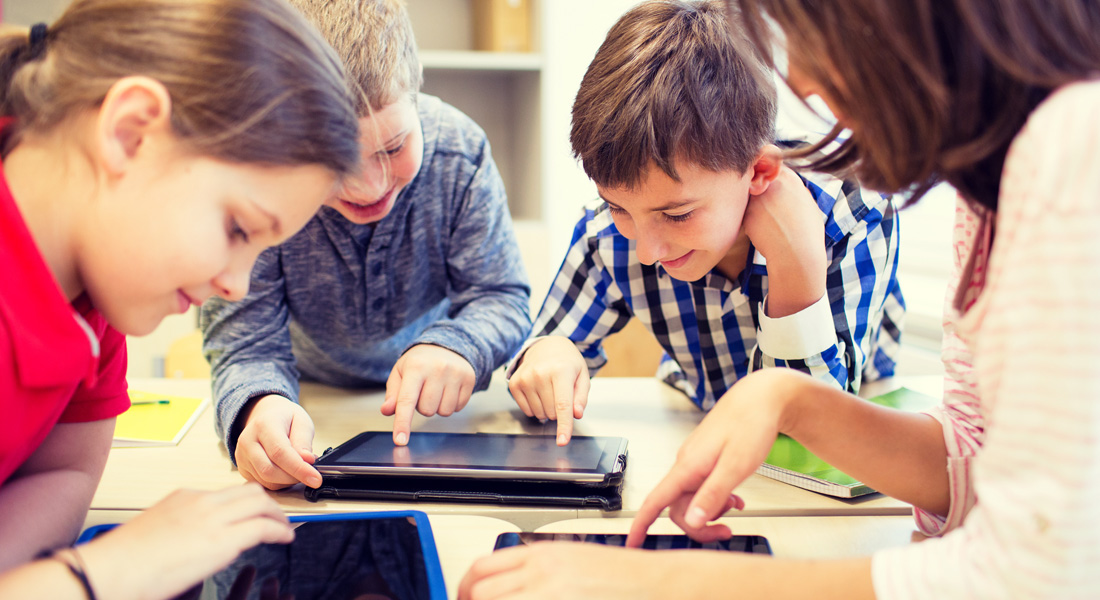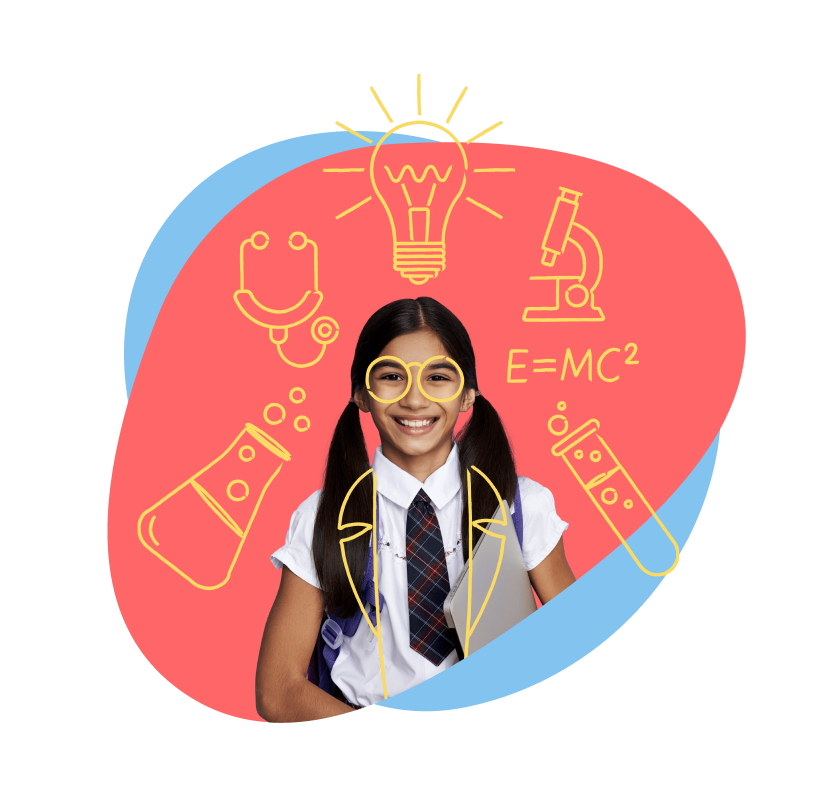Technology continues to rapidly change what is possible in the classroom.
With new learning tools and educational software on the rise, educators are increasingly blending in-class and online learning strategies – a model known as Blended Learning.
The main focus of blended learning is to give students more freedom in how they learn and engage in their education. We know that education is just as important outside of the classroom as it is inside, and blended learning gives both students and educators the power to extend learning beyond the classroom walls (and can reportedly increase information retention by up to 60%).
On the other hand, there are many questions about the true benefits of education screen time – is the technology empowering or distracting? What does it provide that classic teaching methods do not?
To get to the bottom of this question let’s explore what exactly blended learning entails, and how both students and educators benefit from it.
First of all, what is Blended Learning?
Blended learning is the use of online tools to supplement what is learned in class. This can include discussion boards, online quizzes, and a variety of other online resources that enable students and instructors to connect over in-class material.
There are 4 main methods of incorporating blended learning into a classroom.
4 Blended Learning Methods
Rotation Model
In the Rotation Model, students have at least one mode of online learning for any given course or subject, which operates on a fixed schedule with time spent in-class. This schedule can be on a group, individual, or lab-based level, some of which provide more individual freedom in terms of how much time is spent in-class vs. online, and the pace a student can take in their work.
Flex Model
In the Flex Model, students are given individually customized, fluid schedules for online work, in conjunction with other courses. There is an on-site instructor for the online portions who provides face-to-face support for small-group instruction, group projects, and individual tutoring.
A La Carte Model
The A La Carte Model focuses on students who take one or more courses entirely online with an online teacher and at the same time have face-to-face experiences in the classroom for additional courses.
Enriched Virtual Model
Similar to the Flex Model in terms of having dedicated schedules for online work, the Enriched Virtual Model is slightly more structured with having all students on the same schedule with the same course work. This approach uses in-class and online tools and resources to assist students in the learning process.
Each of these blended learning models offers a wide arrange of opportunities and benefits to students, predominantly by allowing them to connect with instructors and peers, and take more control over their learning process.
How Does Blended Learning Benefit Students?
Now let’s dive into exactly how blended learning benefits students. It’s important to note that not only does blended learning help students improve in different areas of study, it also helps instructors improve their interactions with students in both face-to-face and online settings.
Enhanced Communication Between Student and Teacher
When students need to contact an instructor – whether during or outside of class hours – blended learning tools enable them to make this connection at their own convenience. Instructors can then respond directly to students and help these students using relevant online tools, in addition to any face-to-face interaction.
Some instructors even say that they feel more connected to the students who communicate with them through school email and are more able to reach out to those students who have requested help during in-class settings.
Improved Student Performance
Students feel more motivated with blended learning than in traditional classrooms. In a study conducted by the Center for Digital Education, 73% of educators who started using blended learning models found a significant increase in student engagement, compared to using non-blended models.
Students in blended learning environments have more time and opportunities to focus on topics that were taught in-class that day and are able to improve on skills like: critical thinking, time management, and problem-solving.
Boosted Collaboration Among Students
Tools like online discussion boards allow students to interact in settings where they may be more comfortable, as opposed to in-class. In fact, 60% of students even report this being an important tool for their learning experience. All students are able to voice their thoughts and opinions and collect feedback from their peers – even if they were hesitant to say it in class, or didn’t think of the point until later. This allows all students to talk freely about course topics and gain constructive feedback.
Encouraging Blended Learning For Today’s Students
Every day, more and more opportunities are created to integrate technology in the classroom. While there is significant value to having face-to-face interaction in class, student abilities are enhanced when these are supplemented with blended learning methods. To keep leveraging these benefits, it’s essential that educators and parents continue to discuss the right and wrong ways to use this technology with their students.
Navigate high school like a pro—check out the full guide here.




